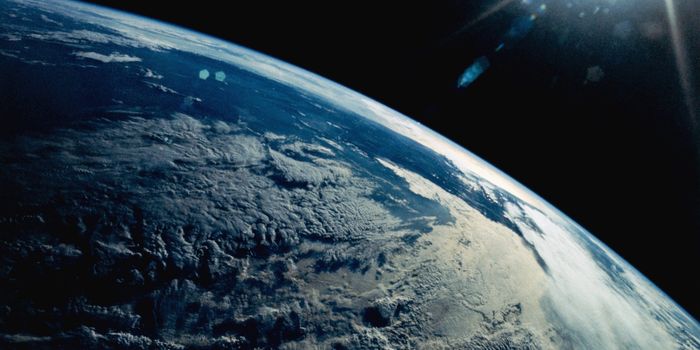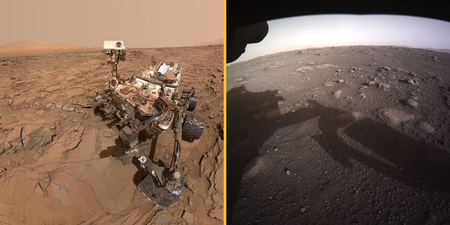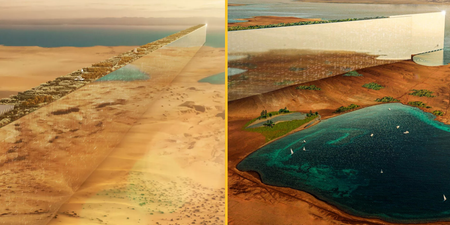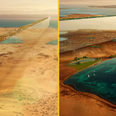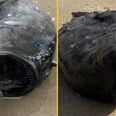The most recent major solar storm to hit the planet was a century ago
There are fears that a major solar superstorm event could have a devastating impact on the planet – and the impact a major space weather event could have isn’t even fully understood.
A solar storm happens when the sun gives off a burst of electrically conducting plasma in what is known as a coronal mass ejection (CME). This plasma interacts with the Earth’s magnetic field and can therefore disrupt motors and generators which work using electromagnetism.
3/ These currents can enter and damage long conductors such as power lines.
In today's long-haul Internet cables, the optical fiber is immune to GIC. But these cables also have electrically powered repeaters at ~100 km intervals that are susceptible to damages.
— Sangeetha Abdu Jyothi (@sangeetha_a_j) July 29, 2021
This would cause huge power outages across the world.
In particular, there is fear over the impact a solar superstorm would have on power grids, as it would drive electric currents through different types of rock in the Earth’s crust.
Dr. Jeffrey Love, a geophysicist in the Geomagnetism Program of the US Geological Survey (USGS), told The Independent: “If you happen to have a power grid to flow across an electrically resistive geological structure, the current can’t flow very well through this part of the Earth. So, it takes the path of least resistance, which is through the power grid.
“So it ends up kind of short-circuiting this, and you get currents in your power grid system, which are unwanted or uncontrolled.
“And since the power grid system is all about controlling currents, and managing them, and basically, having alternating currents at a particular frequency, in this scenario, there is quasi-direct current flowing in a system designed for alternating current.”
A superstorm could have a huge impact on the transformers in power grids, causing them to heat up and shut down because of the unwanted flow of current.
There are also concerns over how undersea internet cables would hold up in the event of a solar storm, as many of them have not yet been tested by such an event.
Research from the University of California suggests that long-distance optical fibre lines and submarine cables are vulnerable to CMEs, with the simple fact of the matter being the planet has gone a long time without experiencing a major solar storm so much of the technology developed in the last 30 years has not been tested by such an event.
6/ By chance, modern technological advancement coincided with a period of weaker solar activity.
In short, we have NO IDEA how resilient the current Internet infrastructure is against the threat of CMEs!
— Sangeetha Abdu Jyothi (@sangeetha_a_j) July 29, 2021
The White House has organised a project known as SWORM that brings together different federal agencies to try to address space global hazards but scientists are still warning that there is a desperate need for policy makers to consider how the public would behave in the event of a major solar storm and potential power and worldwide internet blackouts.
Related links:
- A warning sign of a mass extinction event is on the rise, scientists warn
- Scientists see light from other side of a black hole for first time ever
- Once-in-a-century solar storm could plunge world into ‘internet apocalypse’
